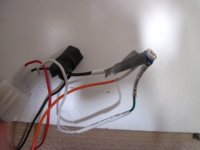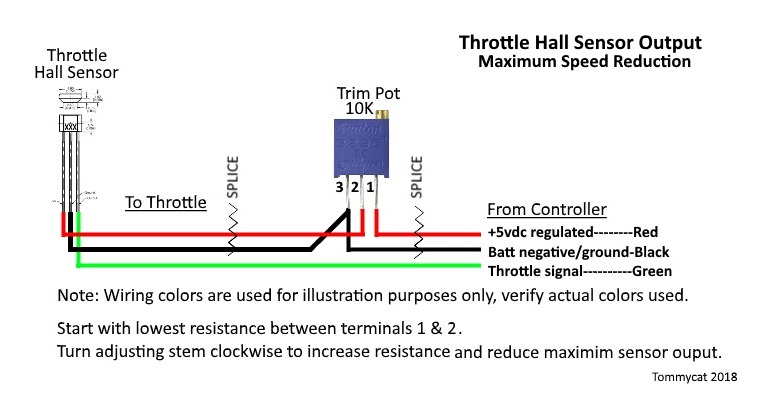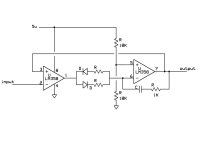puddleglum
100 mW
Hi guys,
I have a mobility scooter that I built for my son (pics are down in the scooter section) using parts from a stand up scooter. It has a 24v brushed motor and controller and a 3 wire hall effect throttle. in the diagram, wires are positive, negative,and signal I think. It is working well but the throttle cut in is quite aggressive and it is a little fast to be safe for use in congested areas. I would like to add a low speed circuit that could be switched on to limit throttle input when needed. Can it be done with this style of throttle? If it was a resistor throttle, I could just add a resistor, but could I do the same thing with this one? I don't really have a good understanding of how they work, which doesn't help. I know that trying to limit speed is the opposite of what most of you are trying to do, but if someone could tell me an easy way to do it, I would appreciate it. I don't really want to gear it down any more. It has lots of torque now, and it's nice to have the extra speed sometimes. I don't want the motor to have to run at full rpm all the time anyway.
I have a mobility scooter that I built for my son (pics are down in the scooter section) using parts from a stand up scooter. It has a 24v brushed motor and controller and a 3 wire hall effect throttle. in the diagram, wires are positive, negative,and signal I think. It is working well but the throttle cut in is quite aggressive and it is a little fast to be safe for use in congested areas. I would like to add a low speed circuit that could be switched on to limit throttle input when needed. Can it be done with this style of throttle? If it was a resistor throttle, I could just add a resistor, but could I do the same thing with this one? I don't really have a good understanding of how they work, which doesn't help. I know that trying to limit speed is the opposite of what most of you are trying to do, but if someone could tell me an easy way to do it, I would appreciate it. I don't really want to gear it down any more. It has lots of torque now, and it's nice to have the extra speed sometimes. I don't want the motor to have to run at full rpm all the time anyway.




![IMG_0535[1].JPG IMG_0535[1].JPG](https://endless-sphere.com/sphere/data/attachments/50/50510-4073e3630ca5dde230ef2098791cabbd.jpg)
![IMG_0537[1].JPG IMG_0537[1].JPG](https://endless-sphere.com/sphere/data/attachments/50/50511-7215b2d43076860b85da007c3eb56306.jpg)

